Plants for your garden for year-round interest
Creating interest for all seasons is a skill that combines flowers with shape and form. English Woodlands can advise, if you need some help!

Creating interest for all seasons is a skill that combines flowers with shape and form. English Woodlands can advise, if you need some help!
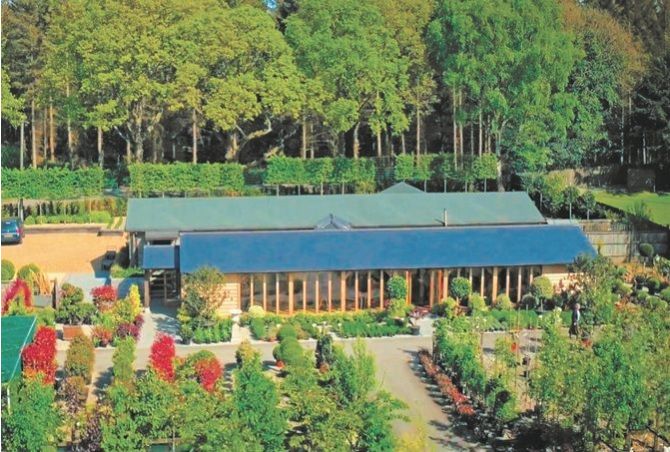
If you are interested in horticulture and you would enjoy working within a small, friendly team, feel free to view our vacancies and make contact!
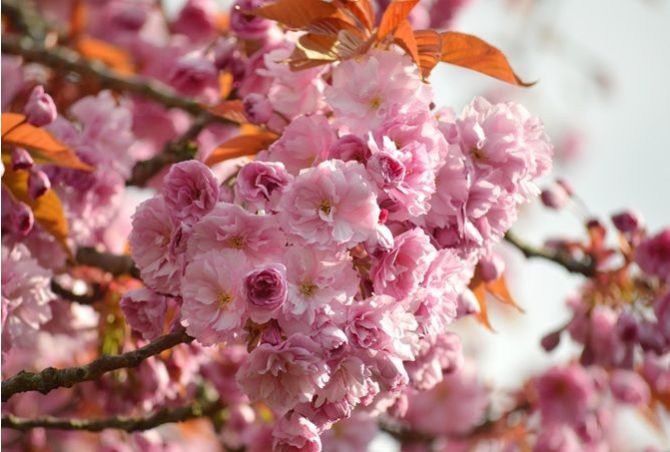
A spring gallery of flowering blossom trees to delight your senses!
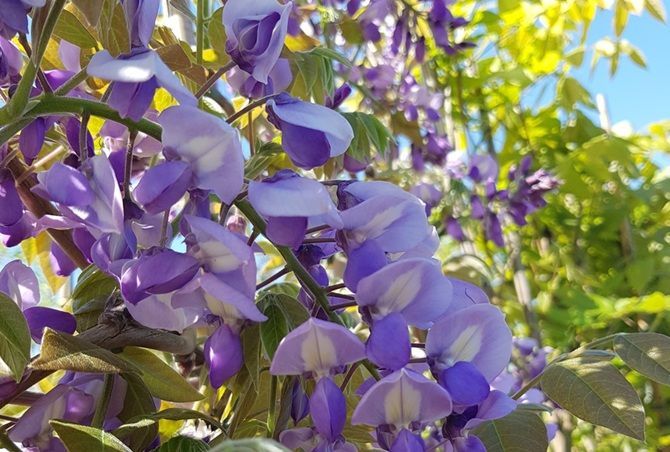
We love to help our customers, please ask if you need any guidance!
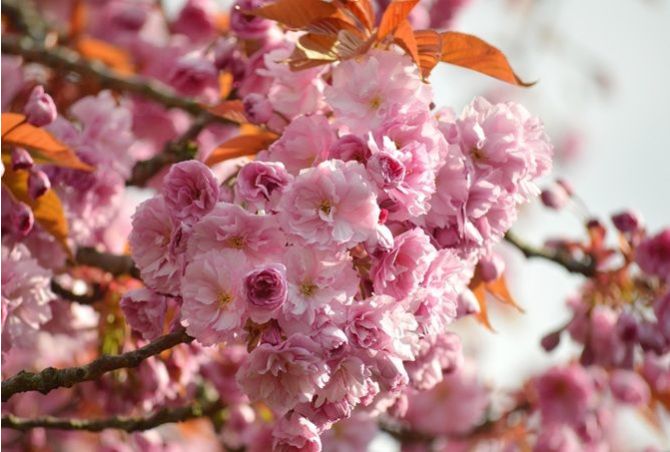
Spring is here and the growing season is about to begin. However, there's still time to plant bare rooted shrubs and trees.
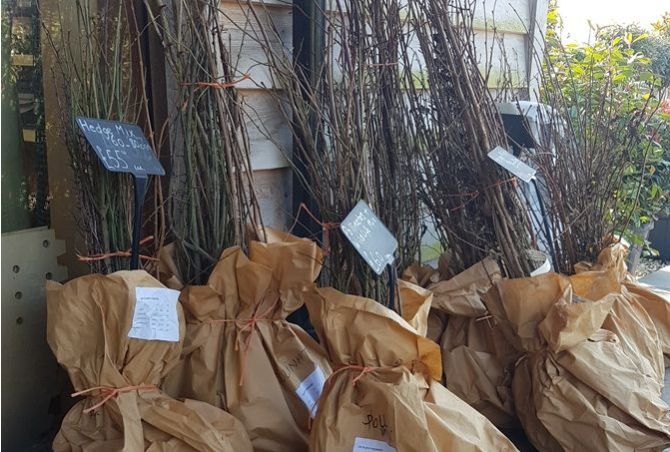
Bareroot plants are still available during March and even early April, depending on the weather. Make the most of the dormant season!
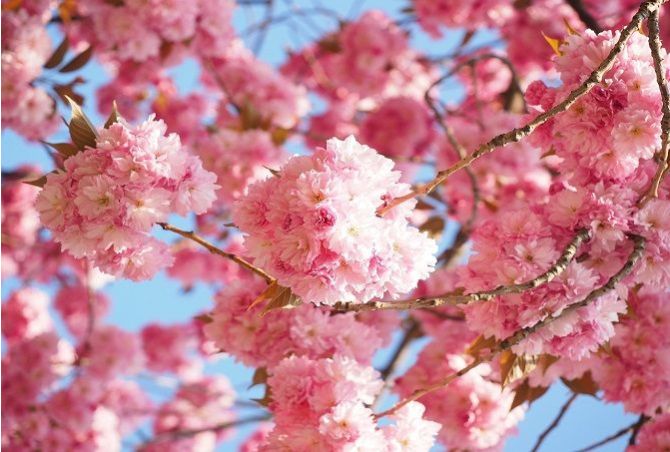
Make the most of the dormant season so that your new plants will be ready for maximum growth in spring.
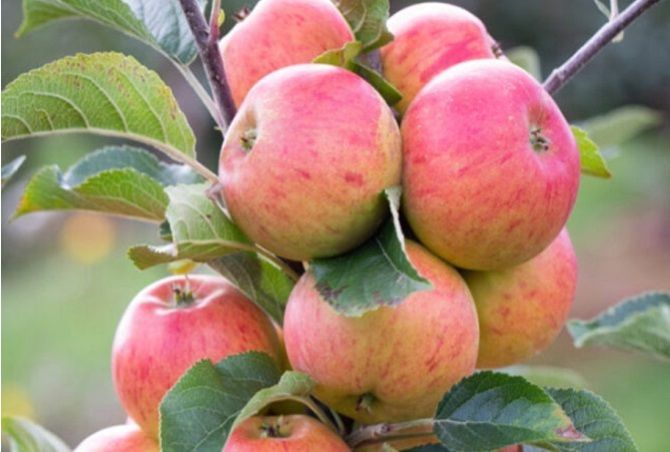
A fruit tree gives you something for all seasons, delicious produce, spring blossom, year-round-interest and more. But what do we mean by different rootstoks and self pollination?
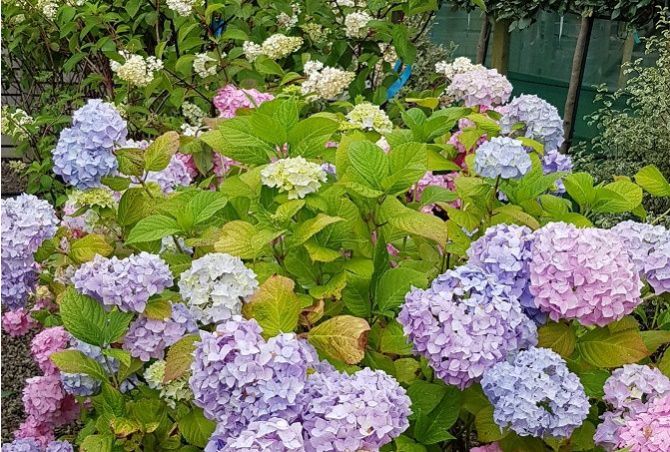

Ornamental cherry tree blossom is looking wonderful, and it's guaranteed to brighten up your day, whatever the weather! Also crab apple flowers, Magnolia, Amelanchier and more
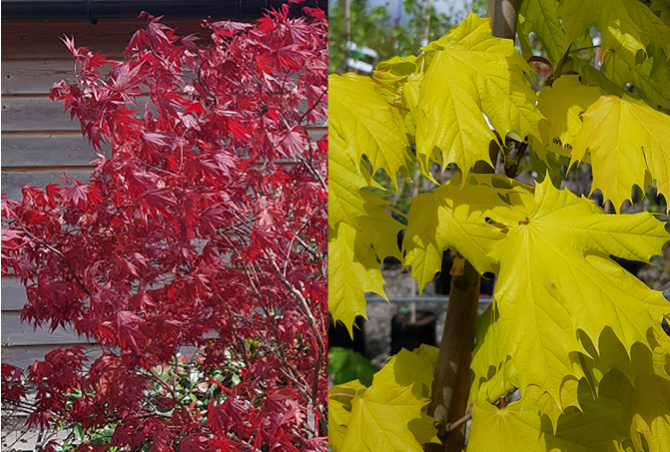
Springtime means new, fresh leaves and there are few better than those provided by Acers. Team them with contrasting foliage colours to gain the best effect. A sight to alight the soul!
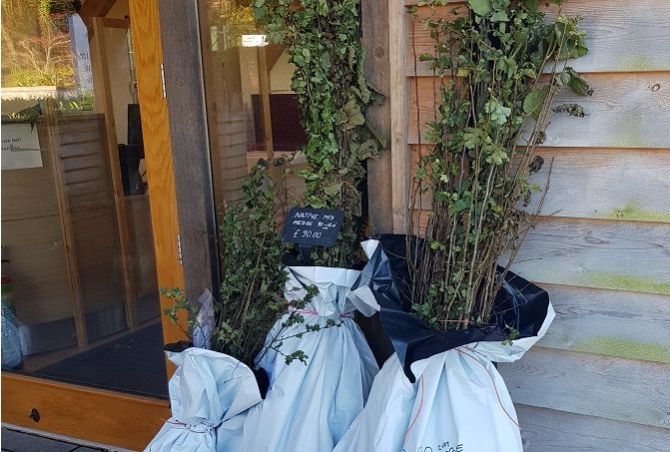
Spring is here: buds are bursting but the ground is still perfect for bareroot plants. Don't delay, the season will soon be ending!